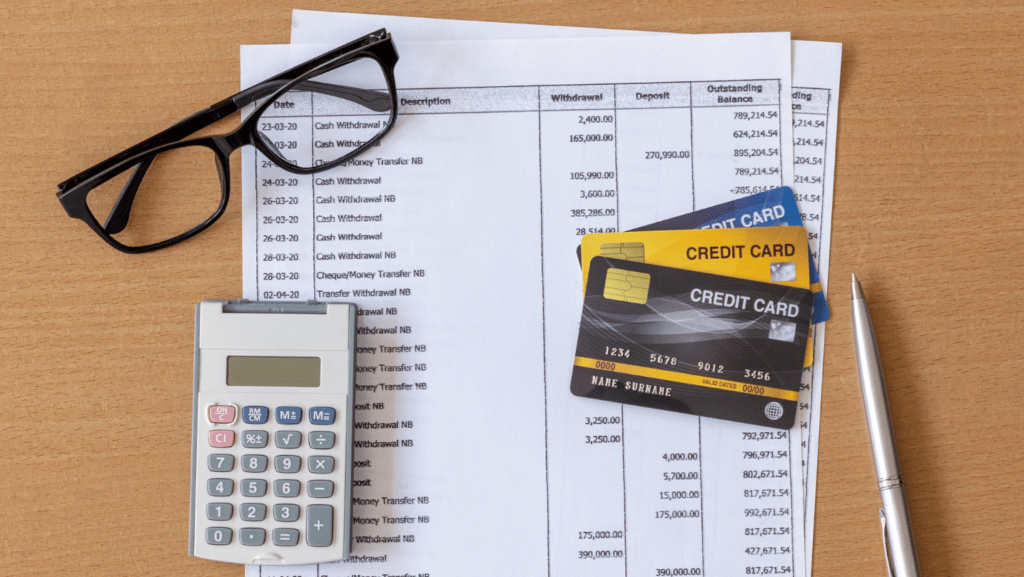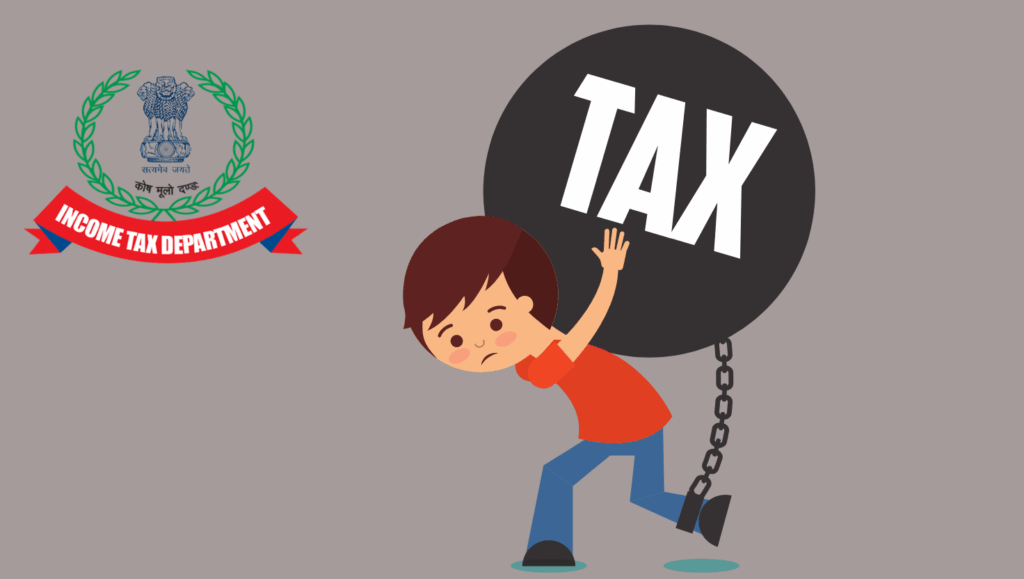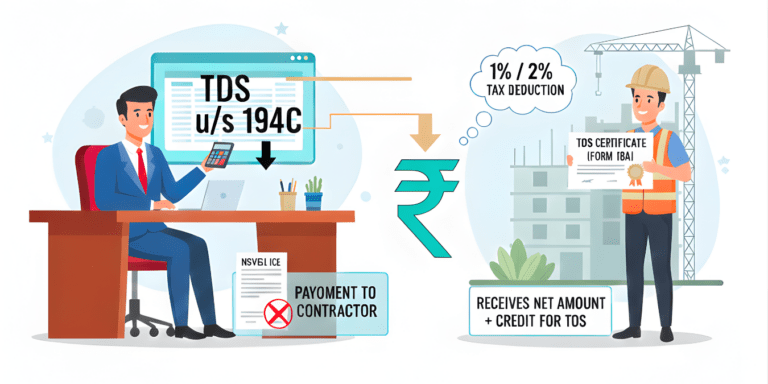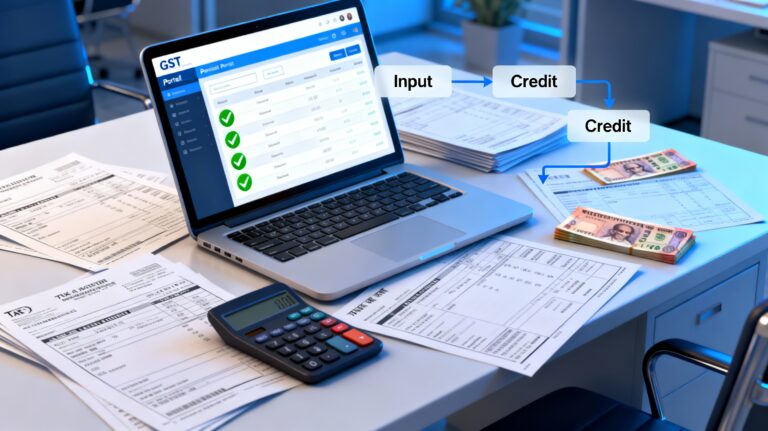
How 2025's New TDS Rule Section 194IA Could Save You ₹50,000! Why Section 194IB's Single Deduction Could Refund You ₹10,000
Did you know a single TDS slip in 2025 could balloon your property dream into a ₹1 lakh nightmare? As rents skyrocket 15% in Indian metros, tenants face a sneaky 2% trap under Section 194IB—while buyers dodge 1% bullets in 194IA deals over ₹50 lakh. What if one forgotten form unlocks refunds and slashes penalties? Dive into this 2025 guide’s hidden hacks: from PAN pitfalls to deadline dodges that savvy Indians are using to reclaim thousands. Your wallet’s waiting—will you miss the twist?
When it comes to real estate transactions and rental agreements in India, understanding tax obligations is crucial to avoid penalties and stay compliant with the Income Tax Department. In 2025, two key provisions under the Income Tax Act—Section 194IA for TDS on the purchase of immovable property and Section 194IB for TDS on rent—are essential for buyers and tenants alike. This blog will provide a detailed, user-friendly guide on these sections, helping individuals and HUFs navigate their TDS responsibilities effectively.
Why Understanding TDS on Property and Rent Matters
India’s real estate sector is booming, projected to reach $1 trillion by 2030 according to recent KPMG reports, but this growth amplifies the need for tax vigilance. In 2025, amid rising property values and rental demands in urban hubs, non-compliance with TDS can trigger penalties up to 1.5% per month under Section 201 of the Income Tax Act. Imagine a young professional in Bengaluru buying their first apartment—overlooking TDS could mean a hefty fine, turning a dream purchase into a nightmare. This guide equips you with knowledge to handle these obligations confidently, saving time and money.
What is TDS on Purchase of Immovable Property under Section 194IA?
Section 194IA, introduced in 2013, mandates TDS deduction during property purchases to curb tax evasion in high-value transactions. As per the latest 2025 TDS rate chart from the Income Tax Department, it applies uniformly across India, ensuring the government collects tax upfront on capital gains potentially accruing to sellers. This section is particularly relevant in a year when property registrations have surged by 12% in major cities, as reported by the Ministry of Housing and Urban Affairs.
Key Highlights of Section 194IA
- Applicability: Covers purchases of immovable property like land, buildings, or apartments (excluding agricultural land). In 2025, with average urban property prices hovering around Rs 1 crore in metros, this nets most deals.
- Threshold and Rate: Deduct 1% TDS if the sale consideration or stamp duty value exceeds Rs 50 lakh. For instance, if a property in Noida is valued at Rs 60 lakh by stamp duty but sold for Rs 55 lakh, TDS applies on Rs 60 lakh.
- Calculation Basis: Use the higher of sale price or circle rate/stamp duty value to compute TDS, preventing undervaluation.
- Deposit Timeline: Pay within 30 days from the month’s end using Challan-cum-Form 26QB via the e-filing portal.
- TDS Certificate: Issue Form 16B to the seller within 15 days of deposit, downloadable from TRACES portal.
- Penalties for Non-Compliance: Interest at 1% per month for late deduction and 1.5% for late deposit; plus, up to Rs 1 lakh fine under Section 271H.
These rules ensure transparency, especially in joint purchases where each buyer’s share is considered separately if below threshold.
Who Should Deduct TDS Under 194IA?
Primarily, the buyer—be it an individual, HUF, company, or firm—bears the responsibility. In 2025, with over 5 million property transactions expected nationwide per CREDAI estimates, this impacts a wide demographic from salaried employees to entrepreneurs. Sellers must furnish PAN; failure invites 20% TDS rate, a deterrent in cash-strapped deals. Non-residents are exempt here, falling under Section 195 instead.
When is Section 194IA Not Applicable?
- Deals under Rs 50 lakh, common in tier-2 cities like Jaipur.
- Agricultural land sales, vital for rural economies.
- Government compulsory acquisitions.
- Inherited properties or gifts, as no ‘consideration’ is involved.
Understanding these exemptions can save unnecessary deductions, as seen in a recent Delhi High Court ruling clarifying ‘immovable property’ scope.
How to Deduct and Deposit TDS on Property Purchase
Follow this step-by-step for compliance:
- Verify Details: Collect seller’s PAN, property address, and transaction value.
- Access Portal: Log into incometaxindia.gov.in or NSDL site.
- Fill Form 26QB: Enter buyer/seller info, property details, and compute 1% TDS.
- Make Payment: Use net banking or debit card; generate challan.
- Download Form 16B: From TRACES after 15 days, share with the seller.
Failure labels you an ‘assessee in default,’ inviting scrutiny—avoid by setting calendar reminders.
Understanding TDS on Rent under Section 194IB
Introduced in 2017, Section 194IB targets high-rent payments by non-audited individuals/HUFs, plugging gaps in rental income taxation. With urban rents averaging Rs 25,000-50,000 monthly per Knight Frank's 2025 report, this affects millennials in shared accommodations. The 2024 Budget reduced the rate to 2% from October 1, 2024, a relief continuing into 2025 to ease tenant burdens amid inflation.
Overview of Section 194IB
- Applicable to rent paid by individuals or Hindu Undivided Families (HUFs) who are not required to get their accounts audited.
- TDS must be deducted when monthly rent payment exceeds Rs 50,000.
- TDS rate reduced from 5% to 2% effective October 1, 2024, as per the Union Budget 2024.
- Deduction is made by the tenant on rent paid to a resident landlord.
- When deducting TDS, only one deduction per financial year is required even if rent is paid monthly.
- TDS is deducted either at the time of crediting rent for the last month of tenancy or payment, whichever is earlier.
This simplifies for tenants like IT professionals in Hyderabad paying quarterly rents.
Who Must Deduct TDS Under Section 194IB?
- Individuals or HUFs not under tax audit (turnover below Rs 1 crore for business, Rs 50 lakh for profession).
- Tenants paying over Rs 50,000 monthly rent.
- Landlord's PAN mandatory; else, 20% rate applies.
Excludes businesses audited under 44AB, who follow Section 194I with higher thresholds (raised to Rs 6 lakh annually in 2025 Budget, but not for 194IB).
Important Points When Deducting TDS on Rent
- Deduct on total annual rent but cap at last month's amount.
- Deposit within 30 days using Form 26QC.
- No TDS if landlord is non-resident (use Section 195).
- Penalties: 1% interest for late deduction, 1.5% for deposit; fines up to Rs 1 lakh.
In 2025, with remote work boosting suburban rentals, tracking these is key.
How to Comply with Section 194IB TDS Requirements
- Assess Rent: If monthly > Rs 50,000, calculate annual.
- Deduct TDS: 2% on full amount, but from last payment.
- File Form 26QC: Online deposit and return in one go.
- Issue Certificate: Form 16C within 15 days.
- Track Updates: Monitor for any 2025 amendments via CBDT notifications.
Quick Comparison: Section 194IA vs. Section 194IB
| Aspect | Section 194IA (Immovable Property) | Section 194IB (Rent) |
| Applicability | Purchases > Rs 50 lakh | Rent > Rs 50,000/month |
| TDS Rate | 1% | 2% (from Oct 2024) |
| Deducting Authority | Buyer | Tenant |
| Deposit Due Date | 30 days from month-end | 30 days from deduction month |
| Penalty on Default | Yes, interest + fines | Yes, interest + fines |
| TDS Certificate | Form 16B | Form 16C |
| Forms for Deposit | 26QB | 26QC |
This table, based on 2025 rates, aids quick decisions.
Common Mistakes to Avoid When Handling TDS on Property Purchase and Rent
Navigating TDS pitfalls is crucial in India's compliance-heavy tax regime.
- Ignoring threshold: Many overlook stamp duty for 194IA.
- Wrong PAN: Leads to 20% deduction, straining relations.
- Late Deposits: Common in installment purchases.
- Monthly TDS on Rent: 194IB requires annual single deduction.
- Missing Certificates: Sellers/landlords need them for ITR credits.
- Not Filing Returns: Even nil TDS needs reporting sometimes.
A 2025 CBDT survey highlights 30% non-compliance due to awareness gaps—educate via apps like Umang.
Pro Tips for Buyers and Tenants Regarding Sections 194IA and 194IB
Elevate your compliance game with these insights:
- PAN Verification: Use Income Tax portal's 'Know Your PAN' tool.
- Digital Tools: Apps like TaxSpanner for reminders.
- Documentation: Keep digitized copies; use DigiLocker.
- Expert Advice: For joint buys or sub-leases, consult CAs.
- Budget Tracking: Factor TDS in property/rent budgets.
- Stay Updated: Subscribe to CBDT newsletters for 2025 changes.
In tier-1 cities, where deals are fast-paced, these tips prevent last-minute rushes.
Key Takeaways on TDS 194IA & 194IB
- Buyers deduct 1% TDS on property deals over Rs 50 lakh using Form 26QB.
- Tenants deduct 2% TDS on rents above Rs 50,000 monthly via Form 26QC.
- PAN mandatory to avoid 20% rate; penalties for delays.
- 2025 updates: No rate changes, but focus on digital compliance.
- Always issue certificates for tax credits.
Final Thoughts and Practical Next Steps
Navigating TDS on immovable property purchase and rent payment is critical for tax compliance in 2025. Whether buying a home or renting a place, understanding Sections 194IA and 194IB helps taxpayers stay on the right side of the law while optimizing their financial obligations.
Practical Steps:
- Verify transaction values and assess whether TDS applies.
- Collect correct PAN details before making payments.
- Use official Income Tax Department portals for TDS payment and certificate issuance.
- Engage with tax professionals for complex transactions.
- Keep track of deadlines for TDS deposit and return filing.
Start your compliance journey today by checking the value of your property or rent and preparing to deduct TDS accurately. Financial discipline in TDS today ensures hassle-free returns tomorrow.

































